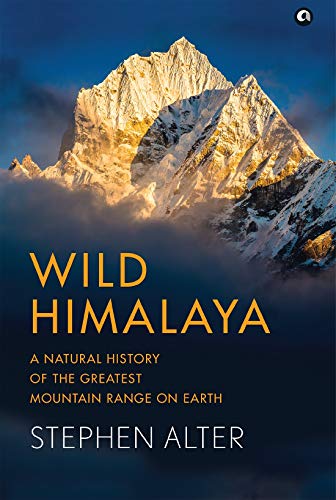What do you think?
Rate this book


460 pages, Kindle Edition
Published July 22, 2019
After seven days of the pristine forests of the Eastern Himalaya, we suddenly find ourselves in a smouldering wasteland of accumulated filth with mountains of refuse ignited by spontaneous combustion.
Perched on these huge piles of burning rubbish are hundreds of storks, stooped like solemn hunchbacks with bald heads and heavy beaks. Hanging under their throats is a loose pouch of skin that looks like a deflated balloon…. These flesh-eating birds feed on scraps of carrion brought here from butcher shops and road kills all over the city (Guwahati).
Children run about barefoot through streams of sewage and glaciers of broken glass, while grim birds look like creatures out of an apocalyptic image. Reminded of the giant man-eating birds of Sherdukpen folklore, I can’t help feeling that this is how our world may end, a grotesque vision of a polluted land, populated by carnivorous storks, who squawk and squabble over rotting skin, entrails and bones.
Mountains and rivers are revered and worshipped as maternal deities yet the same streams of holy water are defiled with untreated sewage from ‘Vedic Resorts’… Poorly constructed, multi-story hotels with sanctimonious names encroach the riverside in defiance of regulations governing ‘eco-sensitive zones’. Himalayan vistas that once inspired the faithful to give up material pursuits are now hidden behind garish hoardings announcing the chauvinistic discourses of self-aggrandizing holy men, while the eternal silence of the Himalaya echoes with digitized hymns set to a Bollywood beat.
Piety and pollution seem to go hand in hand while godliness has become inherently grubby. Pilgrims who travel to the mountains, along with those who enable these spiritual journeys, believe that Himalayan destinations will cleanse their sins. In return, the mountains receive nothing but offerings of filth.